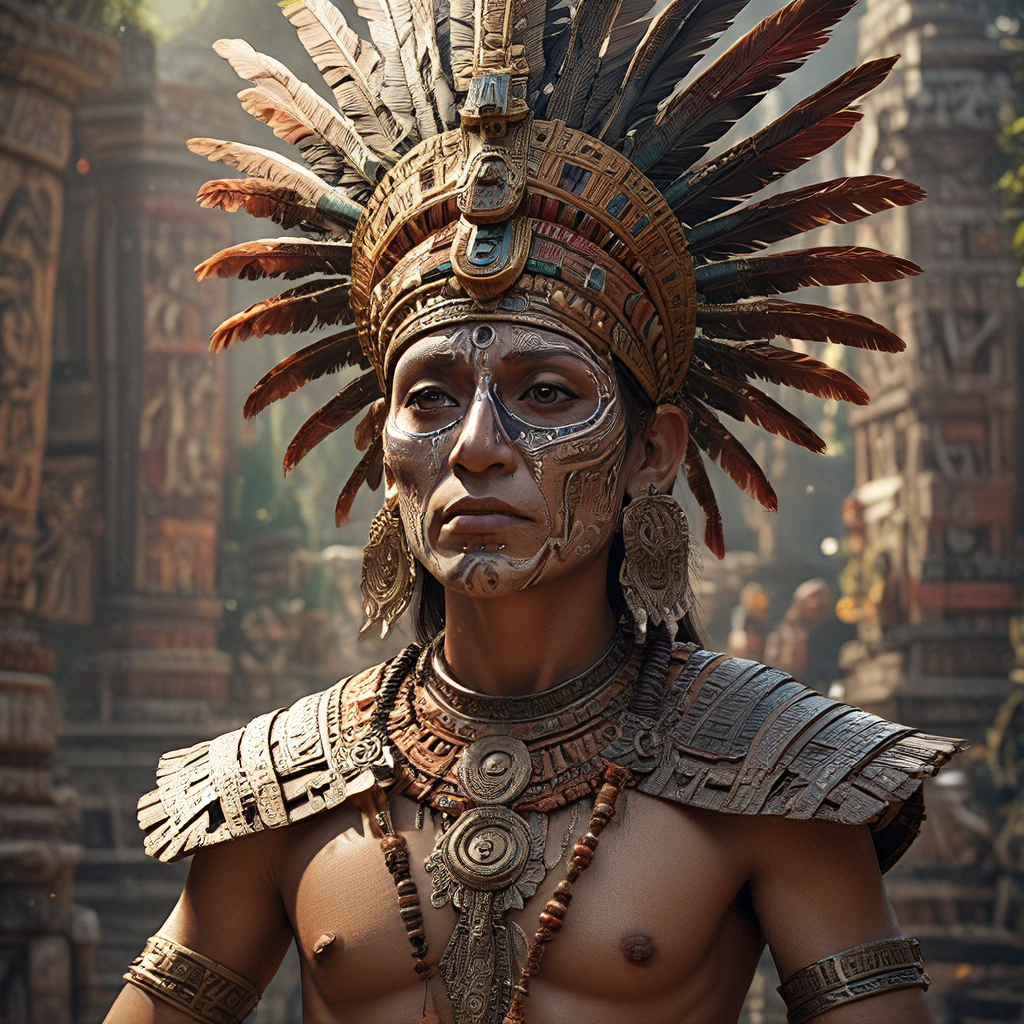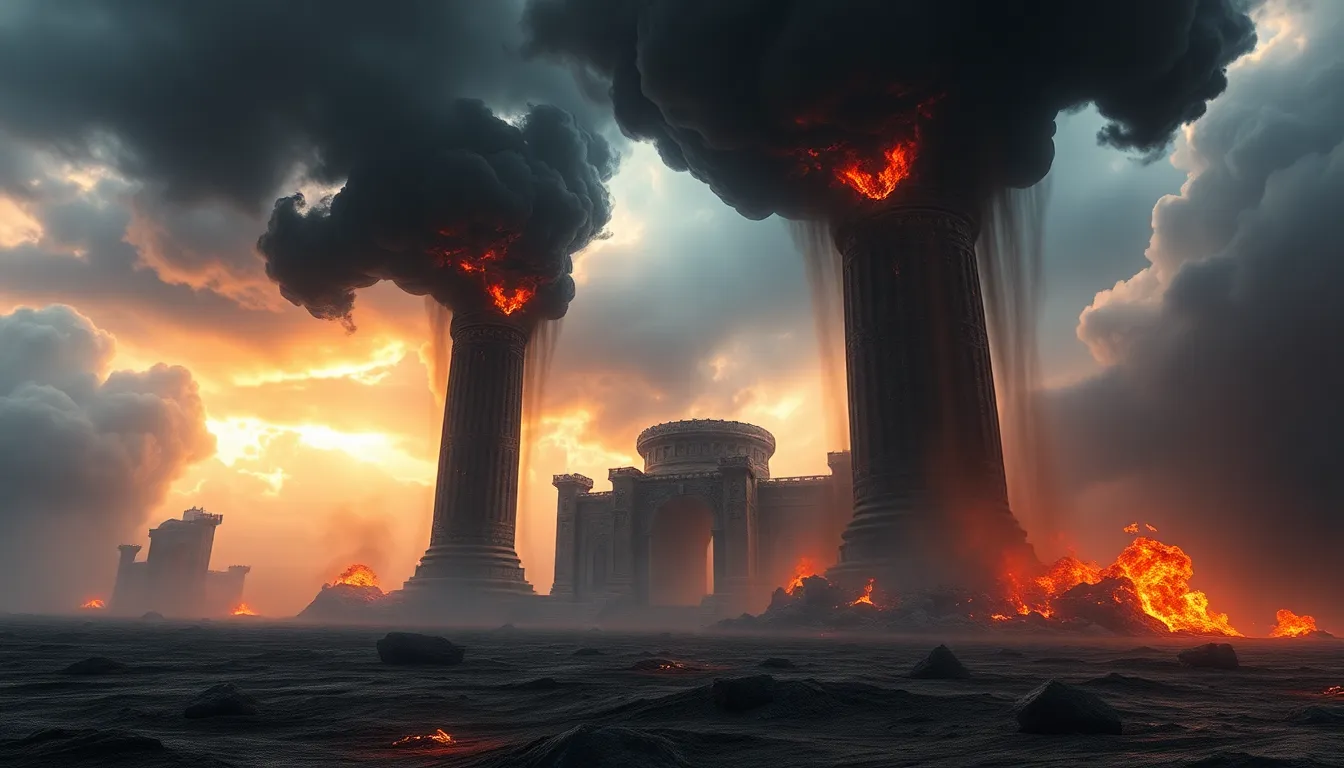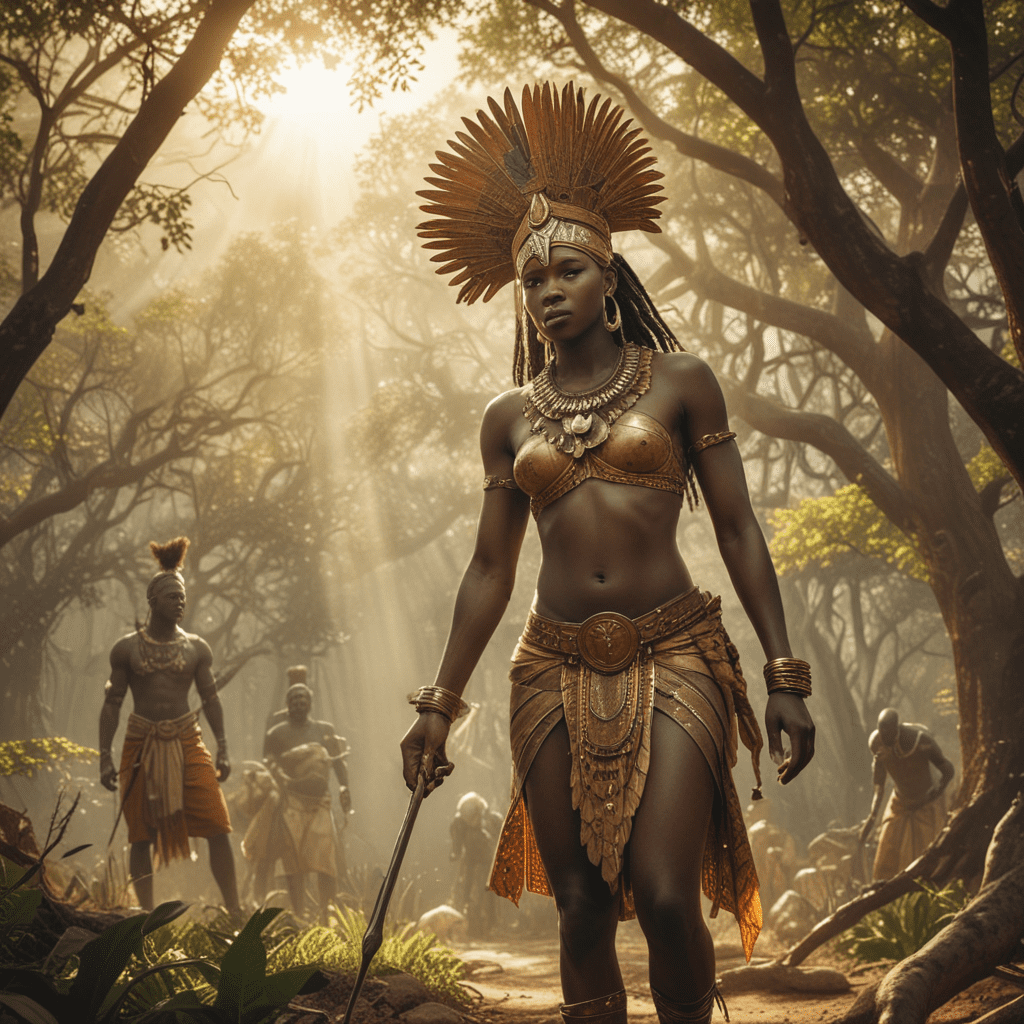The Importance of the Afterlife
In Aztec mythology, the afterlife played a crucial role in the lives of the living. It was believed that the journey to the afterlife, known as Mictlan, was an essential part of the cyclical nature of life and death. The Aztecs believed that the afterlife was not just a place where people went after death, but a realm that influenced the world of the living.
The Aztecs had a profound respect for death, seeing it as an integral part of the natural order. They believed that death was not the end but a transition into a new form of existence. This belief was reflected in their rituals and ceremonies, which were designed to honor the dead and help them on their journey to Mictlan. The Aztec understanding of the afterlife was complex and multifaceted, shaped by their belief in gods, sacrifices, and the cyclical nature of existence.
The afterlife was not just a place of eternal rest but also a realm of judgment and testing. It was believed that the dead had to undergo a series of trials and challenges, ultimately leading to their transformation into deities or spirits. The way a person lived their life determined their chances of success in the afterlife. This belief emphasized the importance of living a righteous and honorable life, as it would ensure a favorable afterlife.
The Journey to Mictlan
The journey to Mictlan was a perilous and arduous one, filled with obstacles and challenges. The Aztecs believed that the dead were guided by the god Xolotl, the twin of the god Quetzalcoatl, who was also known as the god of death. The dead had to navigate through a series of dangerous landscapes and encounter fearsome guardians, each representing a different stage of death and decay.
After death, the spirit of the deceased would remain in the world for four days, after which it would begin its journey to Mictlan. The journey would take them through the realms of the earth, fire, and water, each with its own unique dangers and challenges. The spirit would have to dodge obstacles like fiery rivers, windstorms, and perilous canyons. The dangers were relentless, and the journey was a true test of the dead’s strength and determination.
The journey to Mictlan was not just a physical ordeal but also a spiritual one. As the spirit traveled through the various realms, they were forced to confront their own mortality and the meaning of their life. It was a time of purification and transformation, as the spirit shed its earthly attachments and prepared for its new existence in the afterlife.
The 13 Levels of Mictlan
Mictlan, the Aztec underworld, was divided into thirteen levels, each representing a different stage of death and decay. The journey to Mictlan was a gradual descent through these levels, with each level presenting its own unique challenges and tests.
The first level was the realm of the dead, where the spirits of the recently deceased gathered. Here, they would be met by the god Mictlantecuhtli, the lord of the underworld, and his consort, Mictecacihuatl, the goddess of death.
The spirit, after being welcomed into the underworld, had to endure a succession of trials and challenges on each level. The trials were designed to test the spirit's strength, courage, and resilience. The spirit had to overcome various obstacles and confront fearsome creatures, like the 'Cihuateteo', the spirits of women who died in childbirth, and the 'Tzitzimime,' monstrous beings who devoured the souls of the living.
The thirteen levels of Mictlan represented a gradual descent into the heart of death, where the spirit would be stripped of its earthly identity and transformed into something new. The challenges encountered in each level represented the different stages of death and decay, as the spirit shed its earthly form and transitioned into its new afterlife.
The Trials of Mictlan
The trials of Mictlan were not merely physical tests, but also spiritual trials that tested the spirit's perseverance and determination. The spirit would be challenged by hunger, thirst, pain, and the fear of the unknown. The Aztecs believed that the way a person met these challenges determined their fate in the afterlife.
The spirits had to prove their worthiness to enter Mictlan. The trials were often symbolic, representing the challenges faced in life and the need to persevere in the face of adversity. They tested the spirit’s ability to overcome obstacles, confront their fears, and find strength in the face of despair.
The trials of Mictlan were an integral part of the Aztec belief system, as they reflected the realities of life and death. The journey to Mictlan was not just about overcoming physical obstacles but also about confronting one’s own mortality and finding meaning in the face of the unknown.
The Gods of Mictlan
Mictlan was ruled by Mictlantecuhtli, the lord of the underworld, and Mictecacihuatl, the goddess of death. These gods were not only the guardians of the underworld but also the arbiters of fate. They decided the fate of those who entered Mictlan, determining whether they would be rewarded or punished in the afterlife.
Mictlantecuhtli and Mictecacihuatl were feared and revered by the Aztecs. They were seen as powerful deities who controlled the cycle of life and death. They were also seen as protectors of the dead, ensuring their safe passage into the afterlife.
The Aztecs believed that Mictlantecuhtli and Mictecacihuatl had a vast and complex domain. They were not only responsible for the dead but also for the cyclical nature of the universe. Their power extended beyond the realm of death and encompassed the world of the living.
The Role of Sacrifice
Sacrifice was a central aspect of Aztec life and played a significant role in their beliefs about the afterlife. The Aztecs believed that sacrificing humans to the gods was essential for maintaining the balance of the universe and ensuring the sun's continued journey across the sky. This act was seen as a way to honor the gods and appease them, ensuring the continuation of life and fertility.
The Aztecs believed that the hearts and blood of the sacrificed individuals reached the sun god, Tonatiuh, providing him with the strength to continue his journey. The act of sacrifice was not just a ritual offering but a powerful symbol of the Aztecs' deep respect for the gods and their understanding of the interconnectedness of life, death, and the cosmos.
The sacrifices were often accompanied by elaborate rituals and ceremonies, which included chanting, drumming, and dancing. The sacrifices were performed on special platforms, known as "teocallis," which were built in the center of Aztec cities. These platforms were dedicated to specific deities and were used for religious ceremonies and rituals. The Aztecs believed that the sacrifices would not only appease the gods but also ensure a successful harvest and victory in battle.
The Concept of Tonatiuh
Tonatiuh, the sun god, was a crucial figure in Aztec mythology, representing the life-giving force of the sun and the cyclical nature of time. He was depicted as a handsome young man with a golden face, wearing a headdress adorned with feathers and a necklace of human hearts. The Aztecs believed that Tonatiuh’s journey across the sky was a constant struggle, fueled by the sacrifices offered to him.
Tonatiuh was seen as the ultimate source of life and fertility. His journey across the sky symbolized the cycle of day and night, birth and death, and light and darkness. The Aztecs believed that the sun's daily journey was a testament to the power of the gods and their influence over the world. They honored Tonatiuh through rituals, festivals, and offerings, acknowledging his importance in maintaining the balance of the universe.
The Aztecs also believed that the sun god had a special connection to the afterlife. They believed that the souls of warriors who died in battle would ascend to the heavens and join Tonatiuh in his journey across the sky. This belief reflected their reverence for warriors and their valor in battle, viewing them as heroes who served the gods and the people. Their heroic deeds ensured them a place in the sun god's celestial realm.
The Relationship Between Life and Death
The Aztecs viewed life and death as interconnected and cyclical, believing that death was not the end but a transition to a new form of existence. This belief was reflected in their rituals, art, and architecture, which often depicted scenes of death and rebirth.
They believed that the cycle of life and death was essential for the continuation of the universe and the renewal of the world. The Aztecs celebrated death as a natural part of life, seeing it as a passage to a new realm, where the deceased would continue to exist in a different form. This understanding of death influenced their approach to mourning and their belief in the afterlife.
The Aztecs also believed that the actions of the living could influence the fate of the dead. They believed that performing rituals, offering sacrifices, and honoring the memory of the deceased could help them on their journey to the afterlife and ensure their well-being in the spirit world.
The Afterlife for Warriors and Women
The Aztecs believed that the afterlife was not a single destination but a complex realm with various destinations depending on how a person died and lived their life. Warriors who died in battle were believed to have a special place in the afterlife, going to a paradise called "Tlalocan," the realm of the rain god Tlaloc.
They were seen as heroes who sacrificed their lives for the benefit of their people. This belief was reflected in the way they were buried and honored, with their bodies often placed in elaborate tombs and adorned with weapons.
Women who died in childbirth were also believed to have a special place in the afterlife, becoming "Cihuateteo," divine mothers who protected children and mothers. They were revered as powerful deities who could influence the fate of the living.
Modern Interpretations of Aztec Afterlife Beliefs
Modern scholars continue to study and interpret Aztec afterlife beliefs, providing new insights into their complex worldview and understanding of life and death. They have examined the Aztec literature, art, and archaeological evidence, illuminating the Aztec understanding of the afterlife.
Scholars have analyzed the Aztec creation myths and rituals, exploring the connections between the gods, the underworld, and the afterlife. Some argue that the Aztec afterlife beliefs were not just about a physical destination but also a spiritual transformation, where the deceased would be judged and transformed into new beings.
Modern interpretations of Aztec afterlife beliefs highlight their profound understanding of the interconnectedness of life and death, the role of sacrifice, and the importance of living a virtuous life. They also shed light on the Aztecs' complex social structure and their reverence for their deities.
FAQs
1. What is Mictlan?
Mictlan is the Aztec underworld, a realm of thirteen levels where the dead traveled after death. It was ruled by Mictlantecuhtli, the lord of the underworld, and Mictecacihuatl, the goddess of death.
2. How did the Aztecs view death?
The Aztecs viewed death as a natural part of life and a transition to a new form of existence. They believed that the cycle of life and death was essential for the continuation of the universe.
3. What role did sacrifice play in Aztec afterlife beliefs?
Sacrifice was an essential aspect of Aztec life and played a significant role in their beliefs about the afterlife. The Aztecs believed that sacrificing humans to the gods was essential for maintaining the balance of the universe.
4. What was Tlalocan?
Tlalocan was the paradise of the rain god Tlaloc, where warriors who died in battle were believed to go. It was a place of abundance, beauty, and eternal life.
5. How did the Aztecs honor the dead?
The Aztecs honored the dead through rituals, offerings, and elaborate burials. They believed that the actions of the living could influence the fate of the dead.



